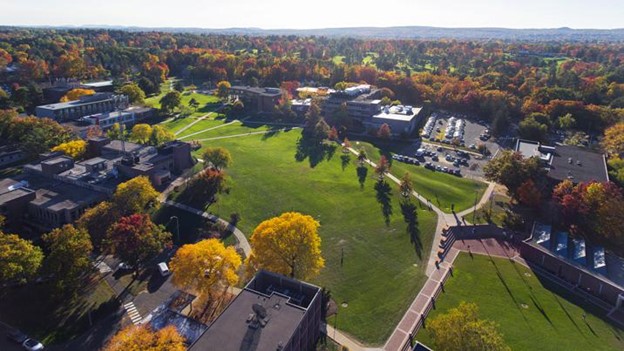NASA discovers water on the moon

Image Courtesy of Adobe Photos
November 4, 2020
Source: https://www.sciencedaily.com/releases/2020/10/201026125902.htm
A section of NASA called the Stratospheric Observatory for Infrared Astronomy (SOFIA) has confirmed the presence of water on the sunlit surface of the Moon. This discovery indicates that water may be distributed across the lunar surface, and not limited to cold, shadowed places.
The water was found in one of the largest craters visible from Earth, called the Clavius Crater, located in the moon’s southern hemisphere. Concentrations of 100 to 412 parts per million were calculated on this crater, whose amount rounds to a 12-ounce bottle of water.
“We had indications that H2O — the familiar water we know — might be present on the sunlit side of the Moon,” said Paul Hertz, director of the Astrophysics Division in the Science Mission Directorate at NASA Headquarters in Washington. “Now we know it is there. This discovery challenges our understanding of the lunar surface and raises intriguing questions about resources relevant for deep space exploration.”
Under NASA’s Artemis Program, the agency has high hopes of sending the next man or woman to the moon’s surface sometime in 2024 to further explore more wonders the moon has to offer, and to create a well-established human presence on the moon by the end of this decade.
To follow up on this new discovery, SOFIA will look for water in other sunlit locations during different lunar phases to learn more about how the water is produced, stored, and moved across the Moon. These findings will contribute to the work of future Moon missions, such as NASA’s Volatiles Investigating Polar Exploration Rover (VIPER). This mission seeks to establish some of the first water resource maps of the Moon for future human space exploration.
SOFIA is a joint project of NASA and the German Aerospace Center. Ames manages the SOFIA program, science, and mission operations in cooperation with the Universities Space Research Association, headquartered in Columbia, Maryland, and the German SOFIA Institute at the University of Stuttgart. The aircraft is maintained and operated by NASA’s Armstrong Flight Research Center Building 703, in Palmdale, California.









